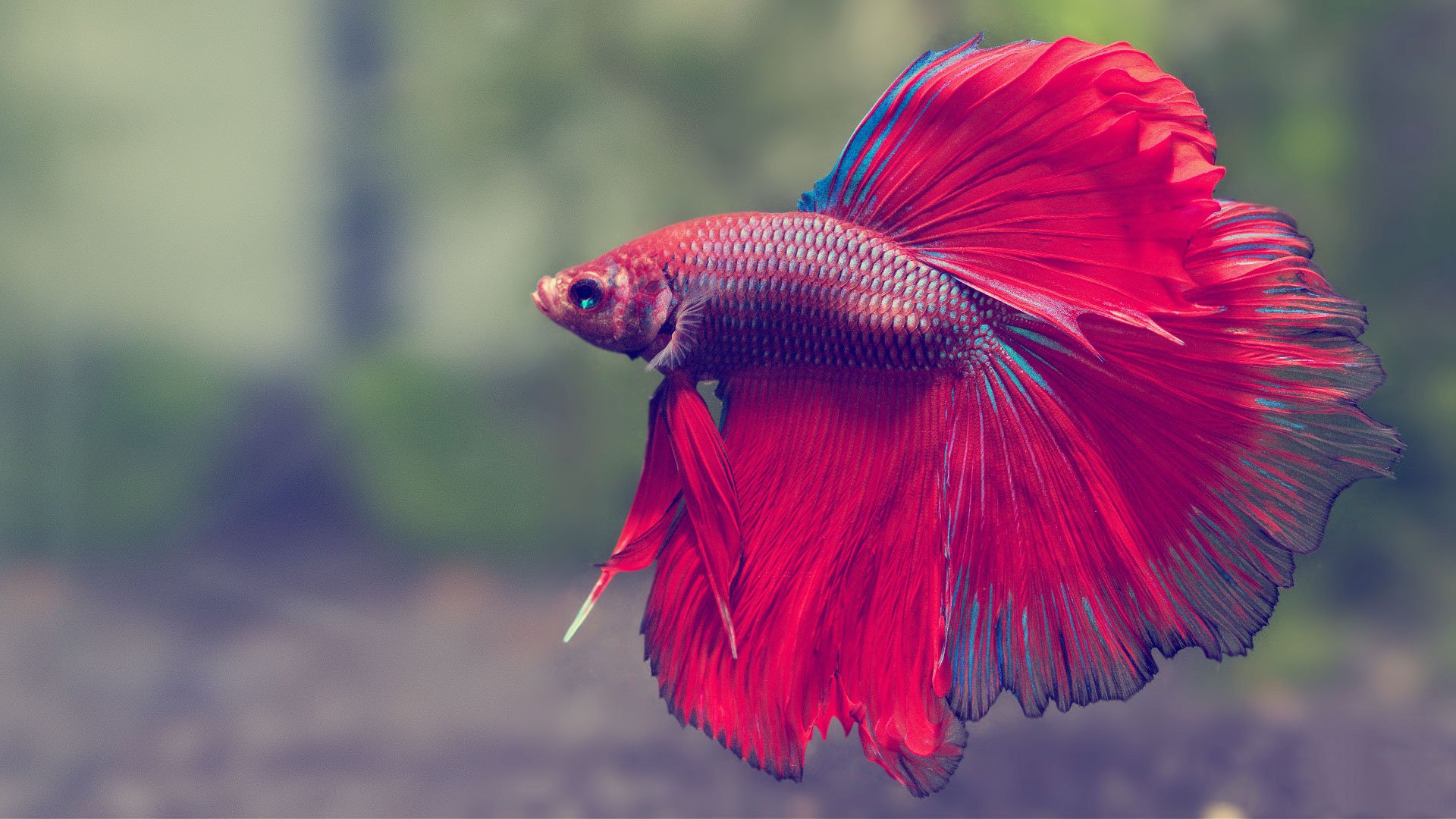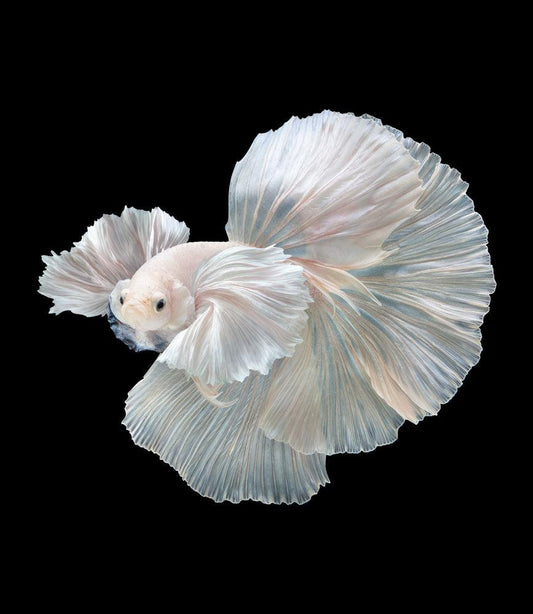Betta Fish Tank Configuration: A Step-by-Step Guide for Beginners
Betta Fish Tank Configuration: A Step-by-Step Guide for Beginners
Blog Article
Reproducing Betta Fish: a Comprehensive Step-By-Step Guide to Efficiently Raising Infant Bettas From Eggs to Adulthood
Reproducing Betta fish is a thorough venture that calls for careful preparation and execution to ensure the successful growth of fry from eggs to develop fish. Selecting genetically diverse reproduction couple with preferable characteristics is just the start; producing an optimum setting and comprehending the complexities of the reproducing procedure are just as crucial. As the male Betta carefully constructs a bubble nest and guards the valuable eggs, the subsequent phases of care and shift demand attention to information and expertise of best practices. How does one browse the challenging yet fulfilling course of nurturing these lively animals to the adult years?

Choosing Reproduction Pairs
When getting started on the trip of reproducing Betta fish, choosing the right reproduction sets is vital to accomplishing desirable traits and a healthy family tree - betta fish. The initial action in this process is to determine the particular traits you wish to improve or protect, such as shade, fin type, and physique. It is important to choose genetically varied sets to avoid inbreeding, which can cause health issues and undesirable characteristics
Examine possible breeding candidates thoroughly. A healthy and balanced male Betta must exhibit vivid shades, an active attitude, and well-formed fins, while the woman needs to likewise show vivid coloration and a rounded stubborn belly, suggesting readiness for spawning. Observing the character of both fish is important, as hostile or excessively shy individuals might not reproduce successfully.
Documents of family tree is just as vital. Keeping records of the moms and dad fish's ancestry can help you track genetic qualities and potential problems. In addition, speak with trustworthy breeders or on the internet sources for assistance on choosing compatible sets. Eventually, investing time in the option process will considerably enhance the chance of generating strong, vivid offspring that satisfy your breeding objectives (betta fish).

Preparing the Reproduction Storage Tank
Developing an optimum breeding atmosphere is an essential step after selecting appropriate pairs for Betta fish. The reproduction tank ought to be especially created to supply convenience and promote the natural reproduction habits of the fish. Begin with a container dimension of at the very least 10 gallons to make certain appropriate room for both the man and women Bettas.
Keep a mild filtration system to maintain the water tidy while staying clear of strong currents that can worry the fish. Additionally, an air rock can be included to offer oxygenation without disrupting the water surface area way too much.
Temperature level law is vital; purpose for a stable series of 78-82 ° F(25-28 ° C) utilizing a reputable heating unit. The pH degree should be maintained in between 6.5 and 7.5, and regular water modifications are required to make sure high water quality.
Integrate floating plants or spawning sponges to develop hiding spots for the lady, while likewise motivating bubble nest structure by the man - betta fish. Lastly, make sure the storage tank is cost-free from sharp designs and any kind of prospective dangers, as the welfare of the fish must always be focused on during this essential phase of breeding.
The Reproduction Refine
Normally, the breeding process for Betta fish involves a series of unique and observable habits that indicate preparedness for recreation. The male Betta starts by developing a bubble nest at the water's surface area, which works as a website for the fertilized eggs. This nest is important, as it supplies a safe atmosphere for the eggs up until they hatch.
As find here soon as the nest is developed, the male will display courtship behaviors, such as flaring his fins and showing vivid shades to bring in the lady. The female, upon noticing the man's preparedness, will respond by displaying vertical stripes along her body, signaling her receptiveness.
When the women methods, the male engages in a breeding dance, usually resulting in a welcome known as the "spawning." During this welcome, the female releases her eggs, which the male fertilizes immediately. The fed eggs then fall to the bubble nest, where the male carefully accumulates and returns them to the nest. Following this, the male assumes duty for securing the nest and making sure the safety of the eggs until they hatch, typically within 24-36 hours. This stage is essential in the reproducing procedure, laying the structure for successful fry advancement.
Caring for Betta Fry
Taking care of Betta fry needs careful interest to their setting and nutrition to make sure healthy and balanced development and growth. After hatching out, Betta fry are extremely little and susceptible, requiring a steady and tidy habitat. Maintaining a water temperature level in between 78 ° F and 80 ° F is crucial, as Betta fry thrive in cozy problems. Additionally, make sure that the water is without hazardous toxins; routine water modifications of 10-20% are advised to maintain optimal water top quality.
Feeding Betta fry is similarly vital. Feed them tiny amounts several times a day, being mindful not to overfeed, which can lead to water quality problems.
Transitioning to Grownup Bettas
As Betta fry mature, transitioning them to adult Bettas is a crucial phase that needs cautious monitoring of their atmosphere and social communications. This process usually starts when the fry reach around six weeks old, at which factor they can be slowly introduced to an extra structured living setting.
To promote this shift, it is vital to guarantee that the water criteria-- such as temperature level, pH, and ammonia degrees-- are optimal and steady. Adult Betta fish prosper in warm water (around 78-80 ° F) with a pH of 6.5 to 7.5. Slowly accommodate the fry to these problems to minimize stress.
Social communications are one more key element; male Bettas are notoriously territorial and view it aggressive. It is suggested to separate males into private containers as they mature. Female Bettas can be housed with each other, however treatment needs to be taken to keep track of for indications of aggression.
Additionally, nutritional modifications must be made as the fry grow. Include he said high-grade pellets and live foods to support their growth and health. By taking care of these aspects successfully, you can promote an effective change to adulthood for your Betta fish.

Conclusion
Successful breeding of Betta fish requires careful attention to information throughout the whole process, from selecting genetically diverse sets to providing optimum take care of fry. By guaranteeing appropriate breeding conditions and maintaining water quality, the possibility of healthy and balanced children boosts dramatically. Furthermore, a well balanced diet and gradual adaptation to adult atmospheres are crucial for the growth and advancement of Betta fish. Adhering to these actions faithfully cultivates a flourishing populace of Betta fish, improving both their health and vitality.
Report this page